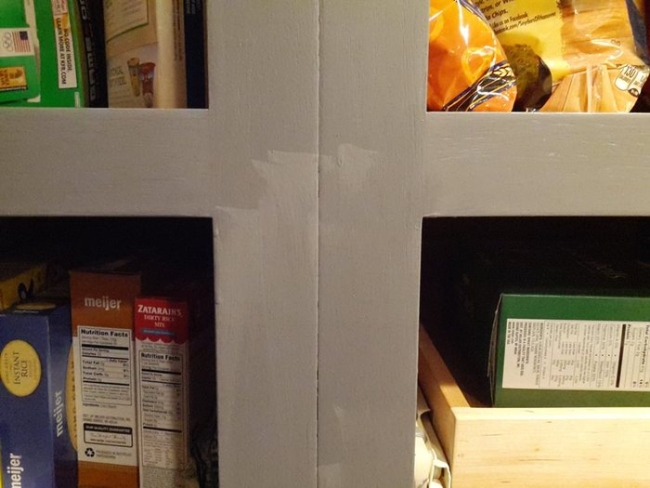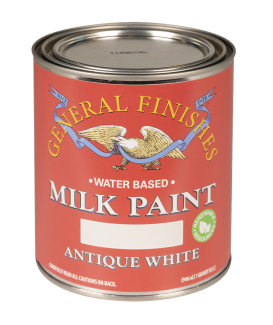Milk Paint is not like a filler-based wall paint. It is engineered for high-use applications such as tabletops and cabinets that require considerably more durability than a wall. The resins that make Milk Paint durable change the properties of it, so you have to handle it differently.
The type of applicator you use will change the thickness of the film and affect the appearance GF Milk Paint.
When refinishing kitchen cabinets, our contractor customers often roll the face frames and spray the doors. If there are any corners or edges that need to be filled in with a brush, they will fill in before spraying or rolling. Then, they will complete the entire section with one type applicator.
With this approach, you will notice a slight difference between the frame and the cabinet door, but the difference is considerably less obvious than it would be if you sprayed and rolled on this same surface.
Secondly, always stir the can well just BEFORE and DURING use. When working with a large project, we recommend continuing to stir during use to keep color properties consistent. If there is any delay, the ingredients will start separating.
Color separation is a condition that the paint industry calls "float". This is very typical with specific colors such as grays because of the large variance in gravities of the pigments required to create the color. In gray for instance, Ti02 (white) is 3.4 and black is 1.62. The lower density will float. This phenomena will not occur in colors that have less variance in densities.

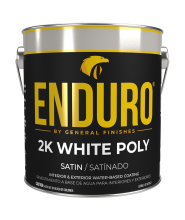 Enduro Water-Based Tintable 2K White Poly
Enduro Water-Based Tintable 2K White Poly
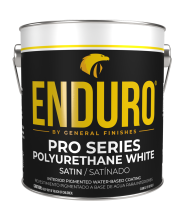 Enduro Water-Based Pro Series White Polyurethane
Enduro Water-Based Pro Series White Polyurethane
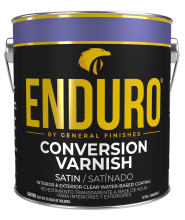 Enduro Water-Based Conversion Varnish
Enduro Water-Based Conversion Varnish
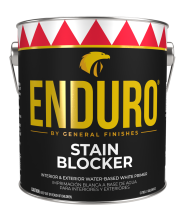 Enduro Water Based Stain Blocker Primer
Enduro Water Based Stain Blocker Primer
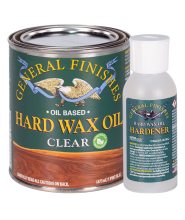 Hard Wax Oil & Hardener
Hard Wax Oil & Hardener
 Gel Stains
Gel Stains
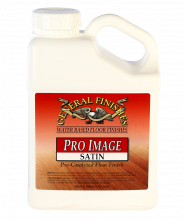 Pro Image Flooring Topcoat
Pro Image Flooring Topcoat
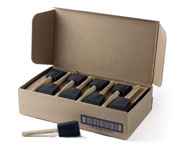 Jen Poly Brushes
Jen Poly Brushes
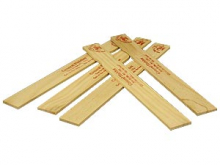 Stir Stix
Stir Stix
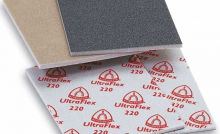 Ultraflex Softback Sanding Sponge
Ultraflex Softback Sanding Sponge
